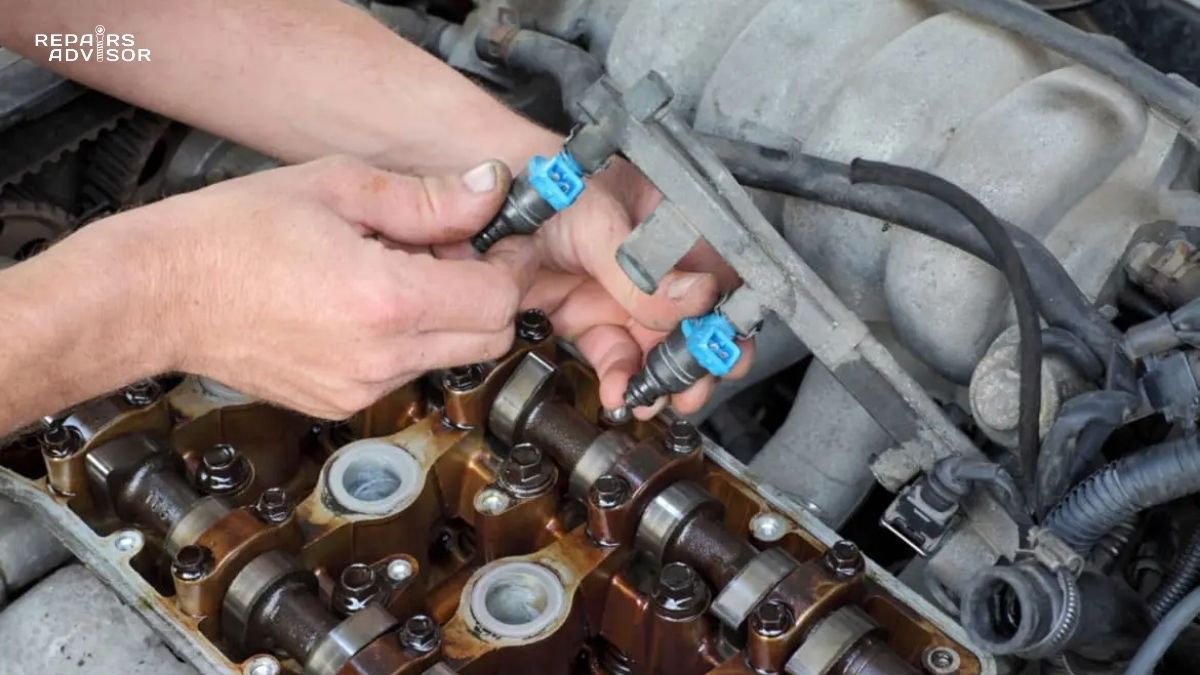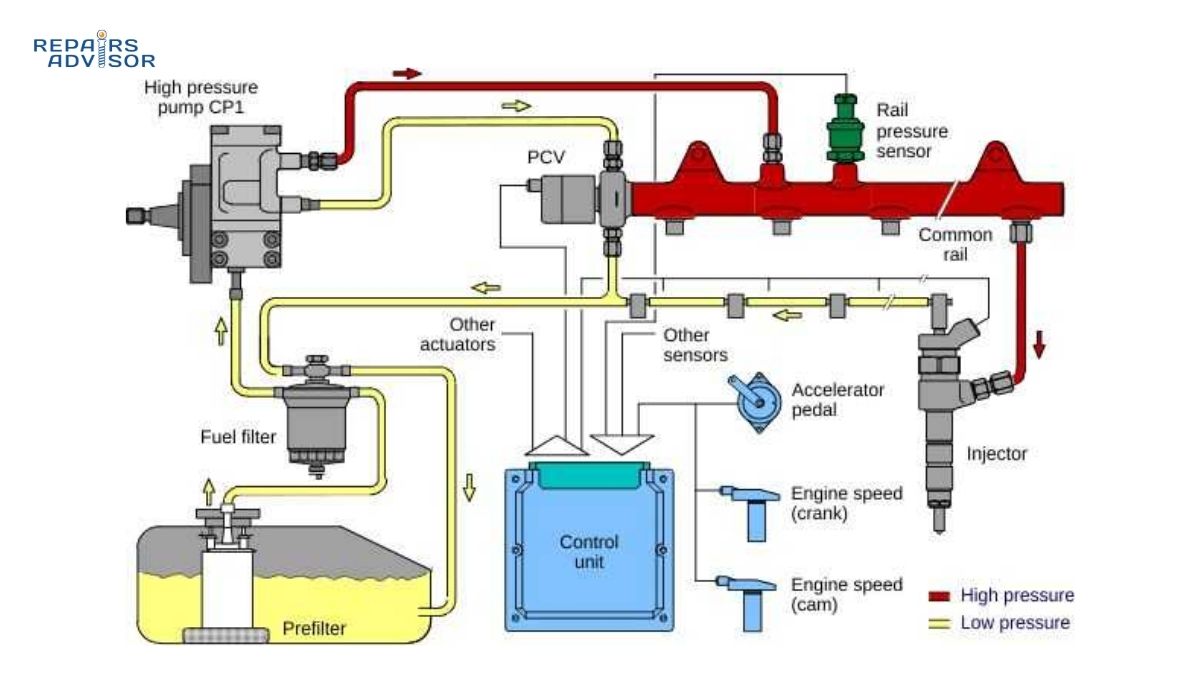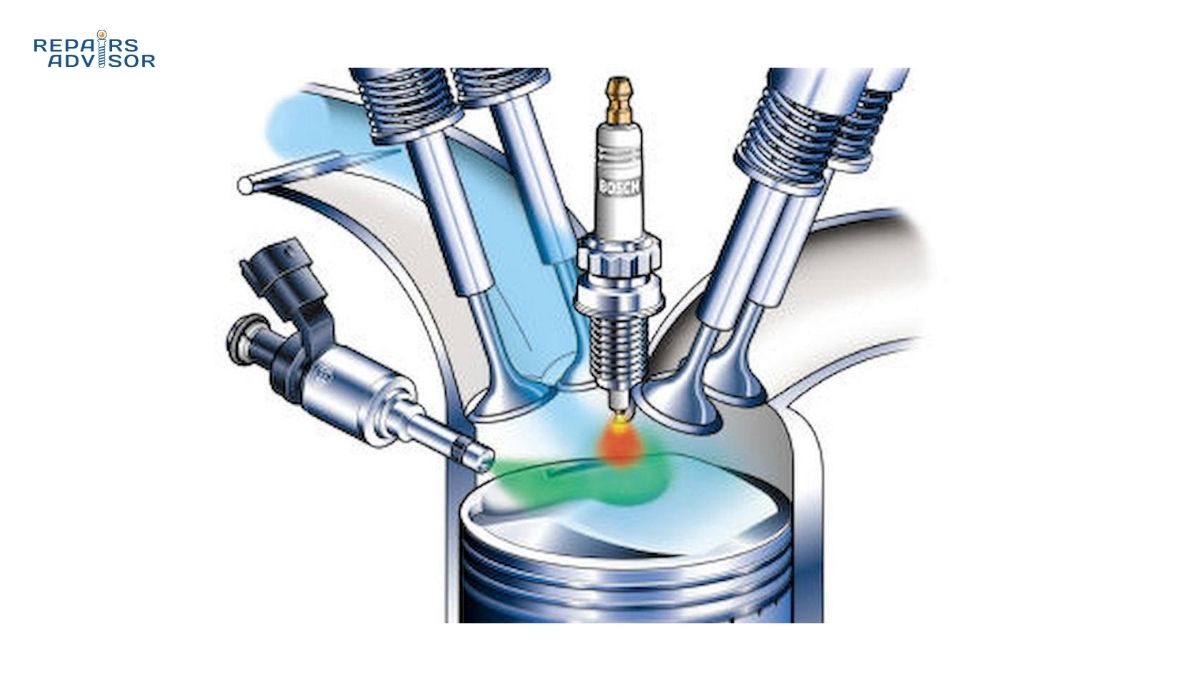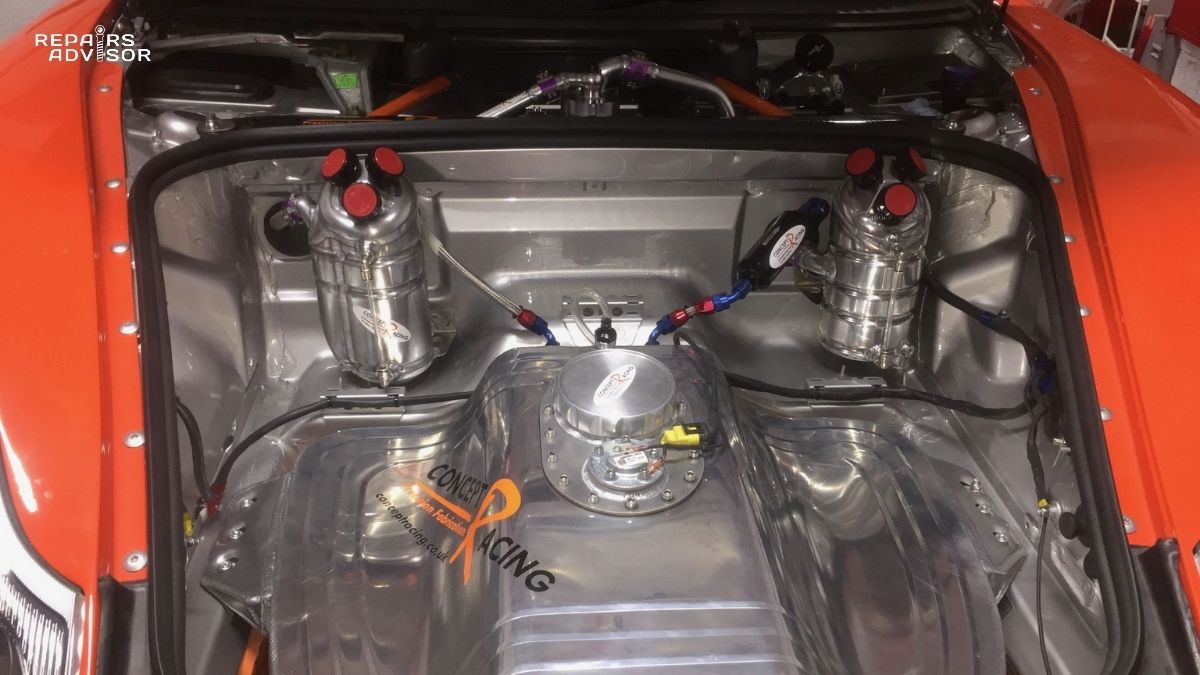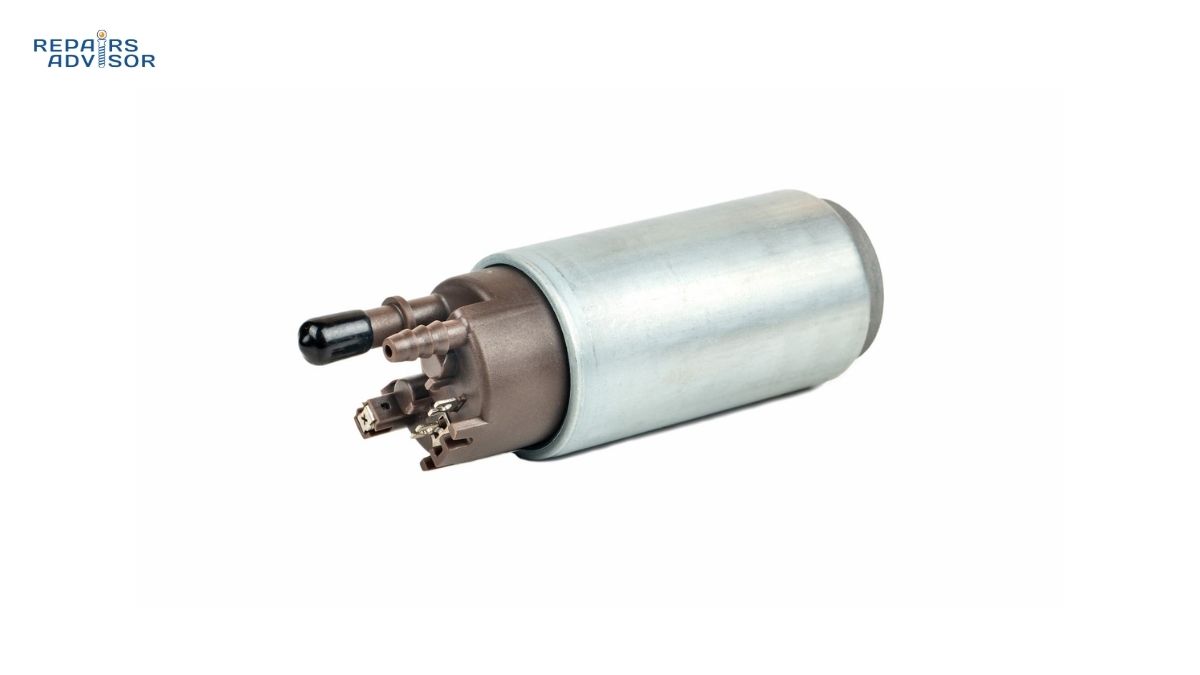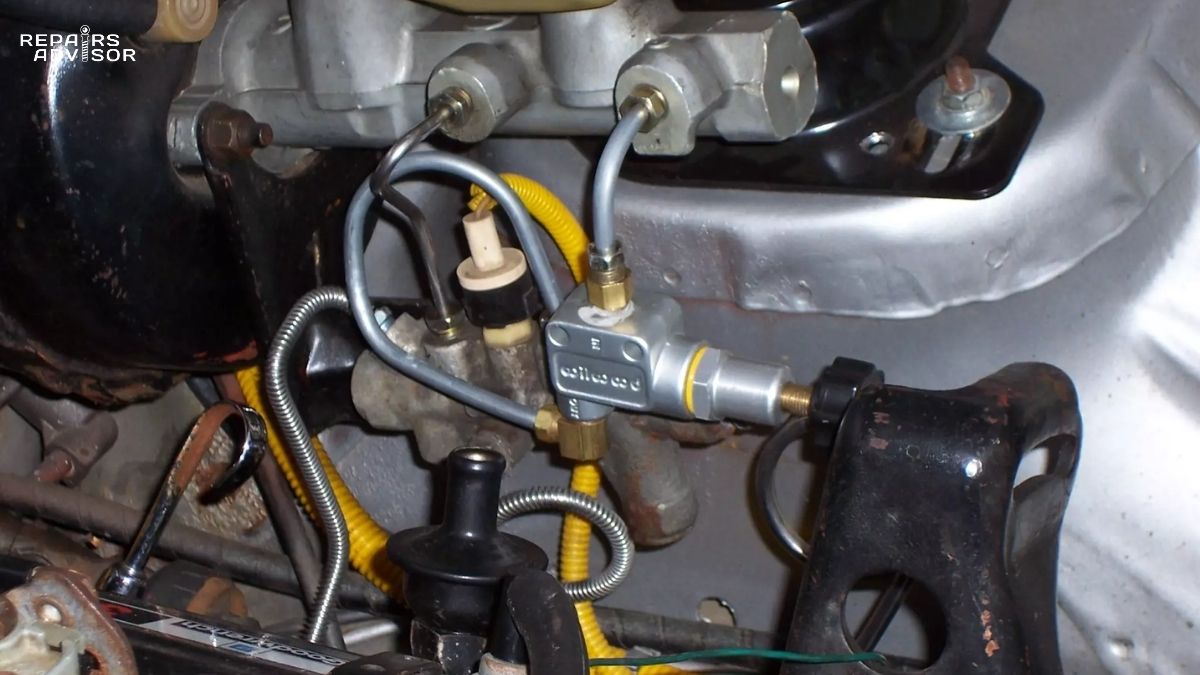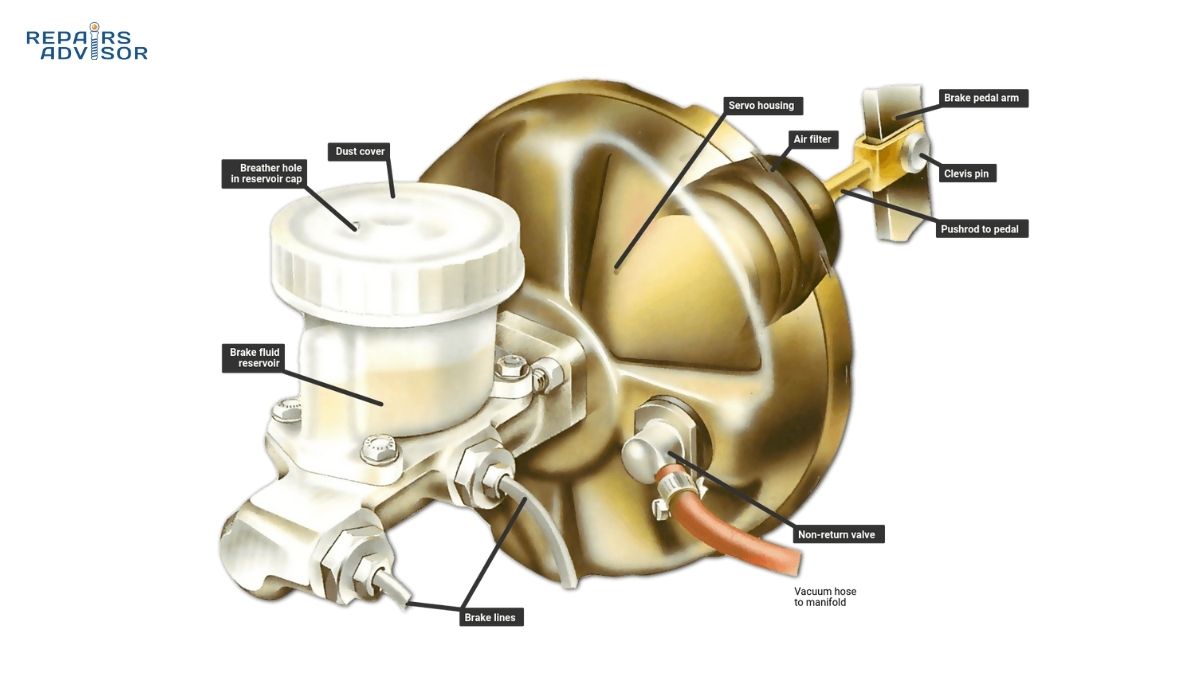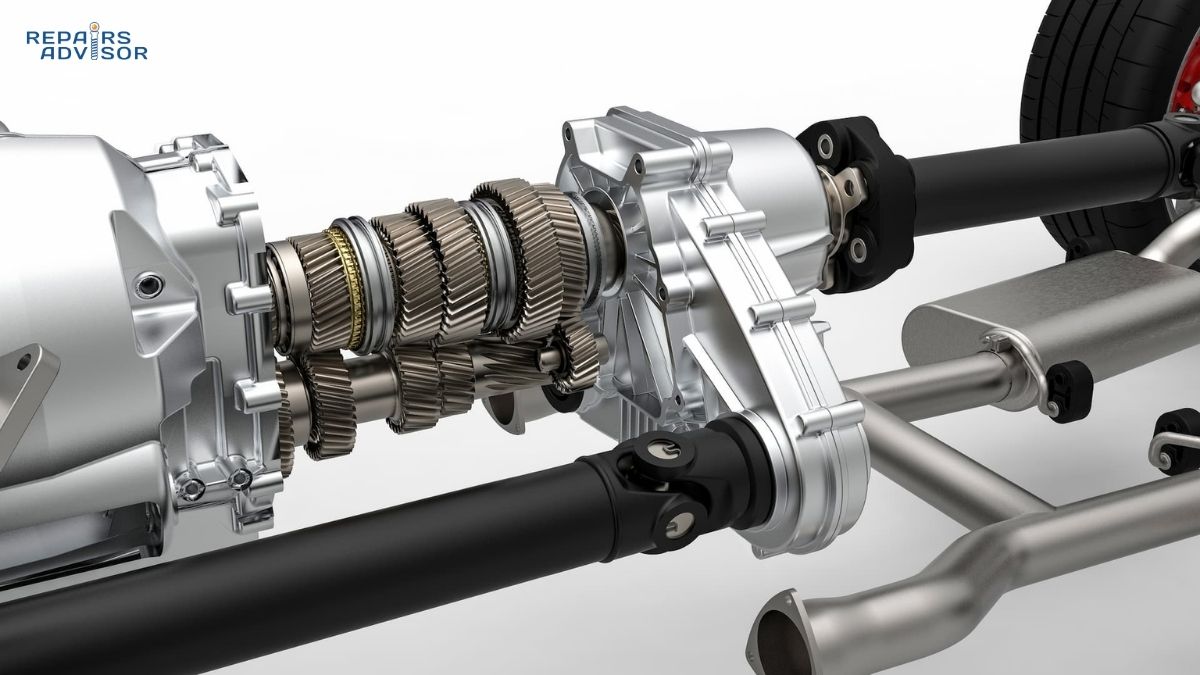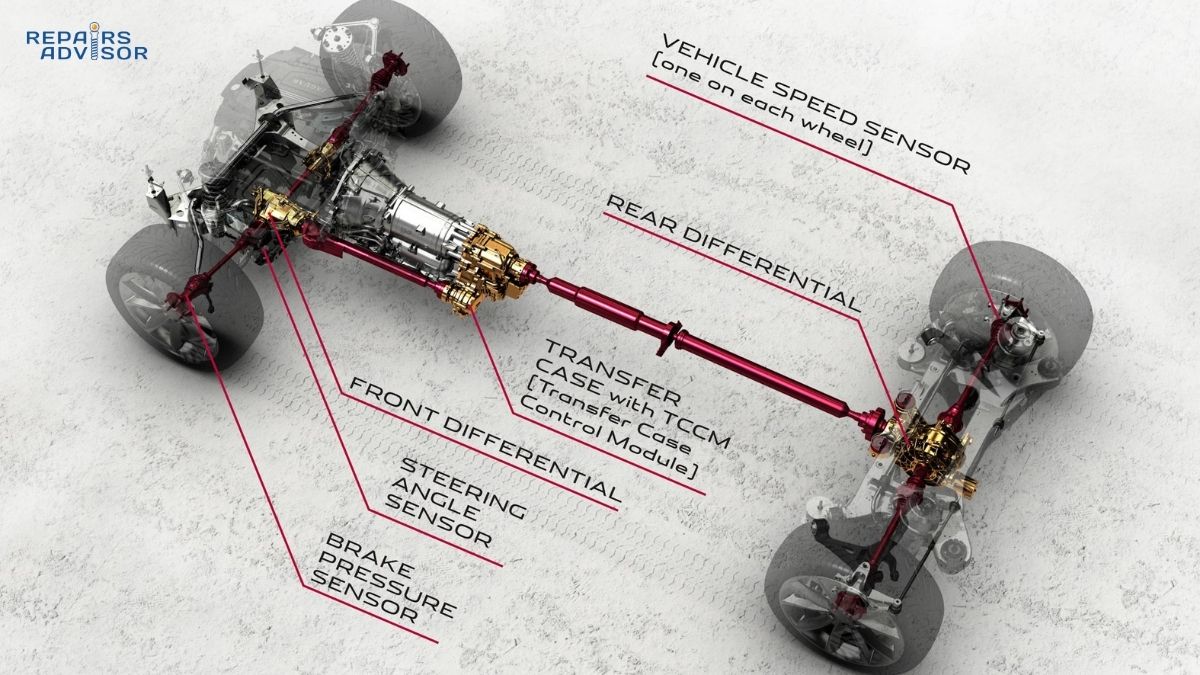Modern engines depend on precise fuel delivery for optimal performance, efficiency, and emissions control. The fuel injection system represents one of the most sophisticated components in your vehicle’s engine management network, coordinating multiple sensors, pumps, and electronic controls to deliver exactly the right amount of fuel at precisely the right moment. Understanding how this system operates helps intermediate DIY enthusiasts build confidence in diagnostic procedures while providing professional mechanics with efficiency-focused insights for complex repairs.
Safety Notice: Fuel injection system work involves high-pressure components and flammable materials. Always depressurize the fuel system before service, wear appropriate safety equipment, and consult professional guidance for pressure-related repairs. Beginners should focus on understanding system operation rather than hands-on service procedures.
Why Fuel Injection System Is Critical for Engine Performance
The fuel injection system serves as the heart of modern engine fuel delivery, replacing older carburetor systems with computer-controlled precision. This system directly impacts engine power output, fuel economy, and emission compliance by maintaining optimal air-fuel ratios across all operating conditions.
For intermediate DIY enthusiasts, understanding fuel injection operation builds diagnostic confidence when troubleshooting performance issues. The system’s electronic nature means that most problems generate diagnostic trouble codes, making systematic diagnosis more accessible than with mechanical carburetors. Professional mechanics recognize that fuel injection expertise separates efficient technicians from those struggling with modern engine management complexity.
The fuel injection system integrates seamlessly with the engine management system to provide real-time fuel delivery adjustments based on throttle position, engine load, temperature, and emissions requirements. When functioning properly, this system delivers remarkable fuel economy improvements and emission reductions compared to carburetor systems.
Modern direct injection systems take this precision further, injecting fuel directly into the combustion chamber rather than the intake manifold. This advancement, detailed in our direct injection systems guide, enables even greater efficiency and power density in contemporary engines.
Fuel Injection System Parts and Construction Explained
Primary Components and Their Functions
Fuel Injectors: These precision electromagnetic valves control fuel delivery timing and quantity. Each injector contains a solenoid actuator, needle valve, and spray nozzle designed for specific flow patterns. The fuel injector internals reveal sophisticated hydraulic circuits that enable microsecond-precise fuel metering essential for modern emission compliance.
Fuel Rail: This pressurized manifold distributes fuel to all injectors while maintaining consistent pressure. The rail incorporates mounting points for injectors, pressure sensors, and often includes integrated dampers to reduce pressure pulsations. Professional mechanics recognize that fuel rail design significantly impacts injection consistency and system durability.
Fuel Pump: Electric fuel pumps, typically mounted in the fuel tank, generate the pressure required for injection operation. These pumps must overcome significant pressure differentials while maintaining consistent flow rates. Our detailed fuel pump operation guide explains how these components achieve reliable high-pressure operation in challenging environments.
Pressure Regulator: This component maintains consistent fuel pressure regardless of engine load or fuel consumption variations. Traditional return-style systems use vacuum-referenced regulators, while newer returnless systems employ electronic pressure control integrated with the fuel pump module.
Fuel Filter: Critical for protecting injection components from contamination, fuel filters remove particles and water that could damage precision injector components. Filter design varies significantly between gasoline and diesel applications, with diesel systems requiring more sophisticated filtration as explained in our diesel fuel systems overview.
Electronic Control Integration
The Engine Control Unit (ECU) coordinates all fuel injection timing and quantity decisions based on input from multiple sensors. Key sensors include the mass air flow sensor for air quantity measurement, throttle position sensor for load determination, and oxygen sensors for closed-loop fuel mixture control.
This sensor network enables the fuel injection system to adapt to changing conditions in real-time, providing the precise fuel delivery that modern engines require for optimal performance and emission compliance.
How Fuel Injection System Works: Step-by-Step Operation
Fuel Delivery Process
Step 1: Fuel Supply and Pressurization The fuel tank system begins the process by housing the electric fuel pump, which draws fuel through an integrated strainer and generates the pressure required for injection. Modern systems typically operate at 30-60 PSI for port injection systems, with direct injection requiring significantly higher pressures.
The fuel pump operates continuously while the engine runs, maintaining pressure in the fuel rail even during periods when injectors are closed. This constant pressure ensures immediate fuel availability when injection is required, eliminating injection delay that could affect engine performance.
Step 2: Pressure Regulation and Distribution Fuel flows from the pump through fuel lines to the fuel rail, where pressure regulation maintains consistent delivery pressure. The pressure regulator responds to engine vacuum changes in traditional systems, reducing fuel pressure during light load conditions and maintaining higher pressure during heavy acceleration.
Returnless fuel systems eliminate the return line by using electronic pressure control, typically integrated with the fuel pump module. This design reduces system complexity while improving fuel temperature control by eliminating heated return fuel.
Step 3: Electronic Control and Timing The ECU continuously calculates required fuel quantity based on airflow measurements, engine load, temperature, and emission requirements. This calculation occurs multiple times per second, enabling real-time adaptation to changing conditions.
Injection timing coordination with ignition system operation ensures optimal combustion efficiency. The ECU precisely times each injection event relative to intake valve opening and piston position for maximum fuel vaporization and mixing.
Step 4: Fuel Atomization and Delivery When the ECU energizes an injector, the electromagnetic solenoid lifts the needle valve, allowing pressurized fuel to flow through precision orifices in the injector nozzle. These orifices create specific spray patterns designed to promote fuel vaporization and mixing with incoming air.
Injection duration, measured in milliseconds, determines fuel quantity. Modern systems can achieve injection durations as short as 1-2 milliseconds for idle conditions, while full-load conditions may require injection durations of 10-15 milliseconds or longer.
Closed-Loop Control Operation
The fuel injection system operates in closed-loop mode during most driving conditions, using oxygen sensor feedback to maintain precise air-fuel ratios. When oxygen sensors detect lean conditions, the ECU increases injection duration. Rich conditions prompt injection duration reduction.
This feedback control enables the system to compensate for factors like fuel quality variations, injector wear, and altitude changes that affect air density. Professional mechanics understand that proper closed-loop operation is essential for emission compliance and optimal fuel economy.
Fuel Injection System Location and Access Guide
Component Accessibility for Different Skill Levels
Beginner-Accessible Components:
- Fuel filter (when externally mounted)
- Air filter integration points
- Visible fuel lines and connections
- Basic diagnostic port access
Beginners should focus on visual inspections and basic maintenance rather than attempting fuel system service. Understanding component locations helps with diagnostic communication and prepares for professional service intervals.
Intermediate DIY Access Points:
- Fuel rail service and pressure testing
- Injector electrical connector inspection
- Fuel pump relay and fuse verification
- Basic pressure regulator inspection
Intermediate enthusiasts can perform fuel system pressure testing and electrical diagnosis with appropriate tools and safety precautions. Always depressurize the system before opening any fuel connections, and work in well-ventilated areas away from ignition sources.
Professional-Level Service Areas:
- Injector removal and replacement
- Fuel pump module service
- High-pressure system diagnosis
- Electronic control system calibration
Professional mechanics have access to specialized tools for fuel system service, including high-pressure test equipment and injector flow testing capabilities. Modern direct injection systems require professional-grade equipment for safe service.
System Integration Points
Fuel injection systems integrate with multiple vehicle systems, requiring understanding of these connections for effective diagnosis. The engine cooling system affects fuel delivery through temperature-based ECU calculations, while the EVAP system manages fuel vapor control for emission compliance.
Understanding these integration points helps intermediate DIY enthusiasts develop systematic diagnostic approaches while enabling professional mechanics to efficiently isolate fuel system problems from related system issues.
Diagnostic Trouble Code Integration
Modern fuel injection systems generate specific diagnostic trouble codes when problems occur. P-code diagnostics provide systematic approaches to fuel injection troubleshooting, with P02XX codes specifically addressing fuel injector and delivery system faults.
Professional diagnosis often begins with code retrieval and analysis, followed by systematic testing of individual components. Understanding the relationship between diagnostic codes and component function enables efficient problem resolution while avoiding unnecessary part replacement.
Safety Reminder: Fuel injection system service requires proper safety equipment and procedures. Always consult manufacturer service information and consider professional assistance for pressure-related repairs. This information is provided for educational reference only – Repairs Advisor does not provide direct repair services.
For additional technical support and troubleshooting guidance, visit our comprehensive help center or contact our technical support team at [email protected].
Related Equipment Manuals: Find specific fuel injection system service procedures in manufacturer repair manuals for your vehicle. Browse our extensive collection of automotive repair manuals by manufacturer, including detailed fuel system service procedures and diagnostic flowcharts.
